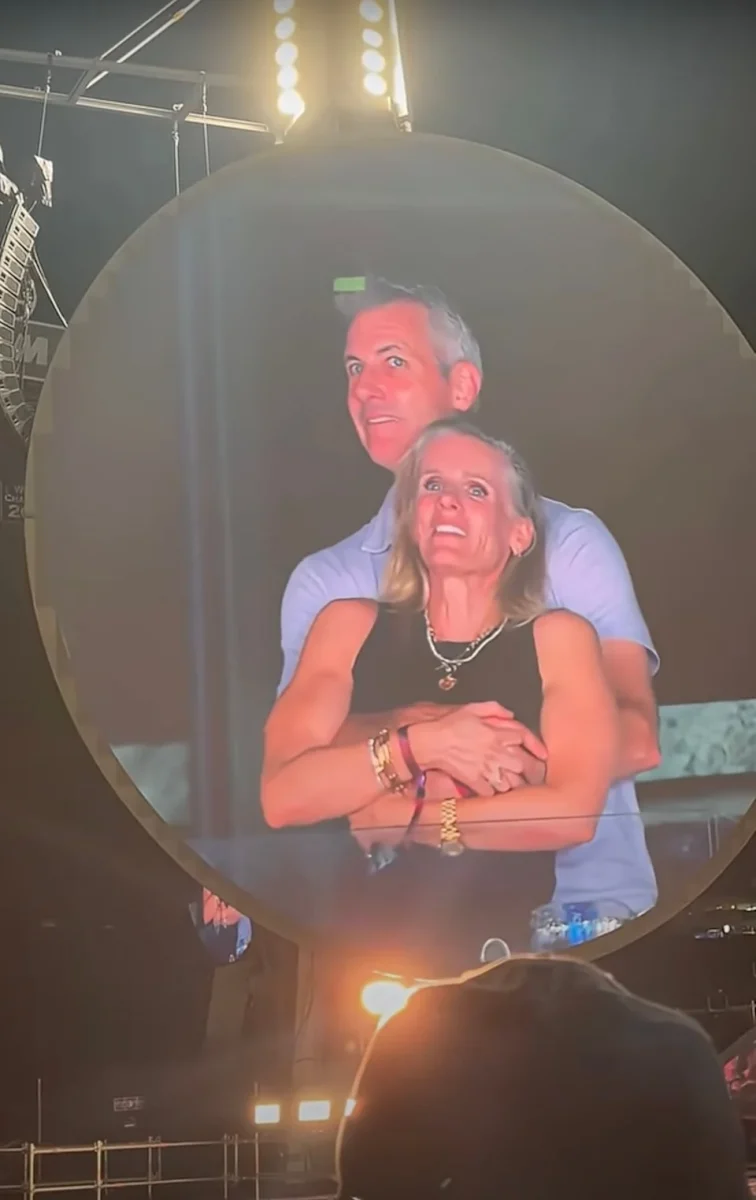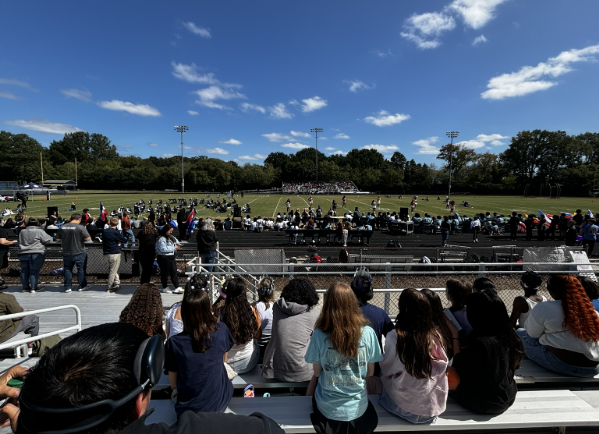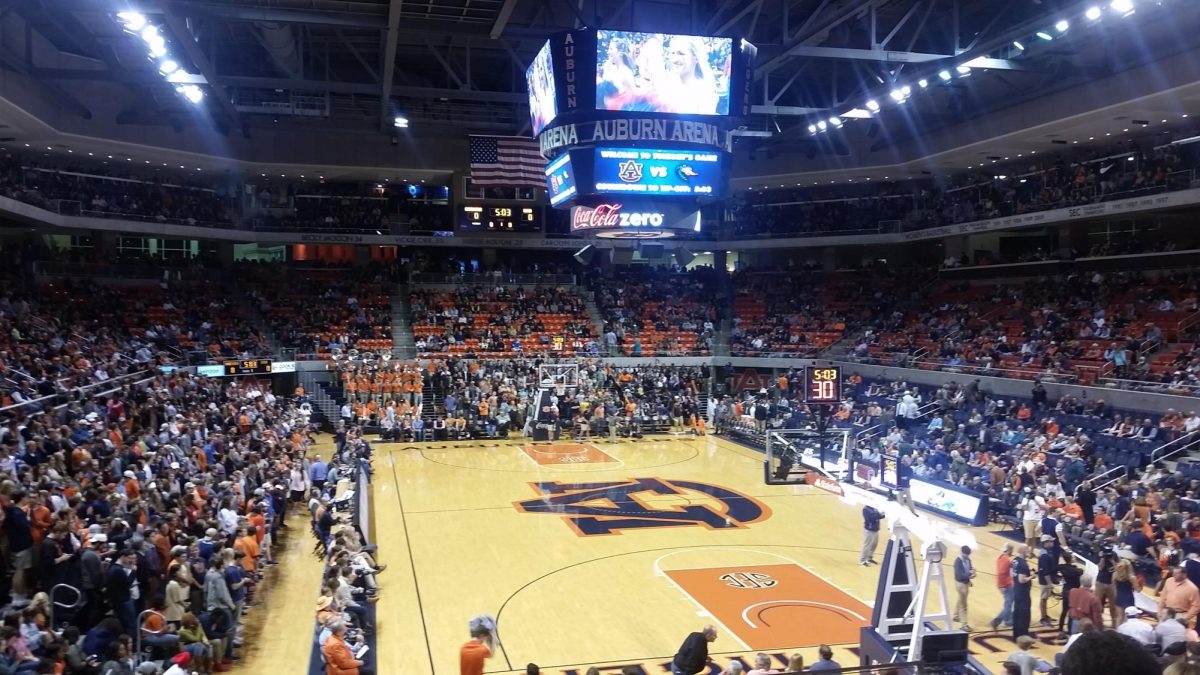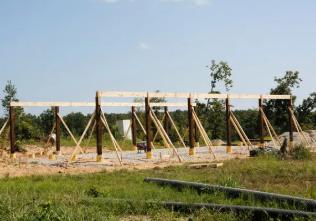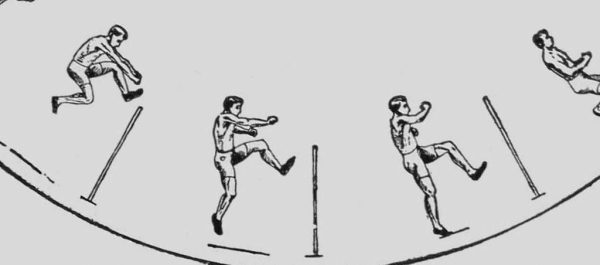Alternative energy sources
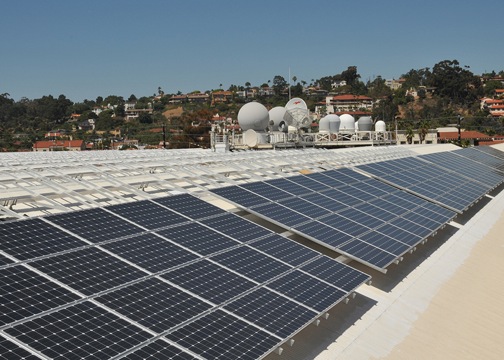
Should solar farms be allowed in small towns? One small North Carolina town is debating this question and questionable accusations have arisen.
February 4, 2016
Every day, people produce gases that stay in the atmosphere for hundreds of years. These gasses can be produced by many things, including cars, industries, and fossil fuels. Fossil fuels are combusted to generate electricity for homes, businesses and industries all across the world. Even though this problem is widely known, many people do not see the solution that is right in front of them. Those who do see the problem and know a solution are met with adversity and confusion. This happened most recently in Woodland, North Carolina, which is just north of Rocky Mount. The town met to discuss a proposal to allow Strata Solar Company to build a solar farm off Highway 258. This proposal was rejected due to public concerns and some wild accusations that the solar panels would “suck the energy from the sun.” The area around Woodland is a good choice for many because it has an electrical substation that would allow the panels to be hooked up to the national grid. Even though it would be an ideal choice to put a solar farm in the area, the town voted three to one against the rezoning of the land. That vote also put a temporary ban on all future solar farms, stopping all other companies from using the area. The reasons they gave ranged from worries about the local economy to the property values in the area.
Solar power is being used more frequently as the years go by. When asked about what should happen when it comes to solar energy, sophomore Kelly Garrett says,“We need to start spending more money, not on mining for nonrenewable resources, but developing cleaner renewable energy.” This form of energy is one of the lesser used because of the cost, and there is no way to store the energy that the panels make. Each solar panel usually gets about one kilowatt hour of energy from every square meter exposed, and the sun provides useful energy only about six to seven hours of the day because the sun’s angle is too low for the panel for the other few hours. This leaves about seventeen hours through the day that no power is generated. A second problem is the cost of solar panels. For the past few years the initial price of the panels has lowered continuously, but there are other fees that are also included. In most cities you have to pay an application and installation fee for a solar panel on top of the cost of the panel itself. The financial payback follows about two to three years after the initial installation. Another problem may be that the panels are not as visually appealing as many would like. Junior Melissa DePierro talks about the appearance of solar panels: “They look like messed up lego pieces stuck onto a roof.” This is an additional reason that the North Carolina town gave when they initially voted. The town did make some good points when it came to the vote, but others were not as exact. The panels will not suck the energy from the sun, but there are still viable reasons to not have the solar farm. The choice still remains for many towns like Woodland, North Carolina. This will be an ongoing battle between the two choices.



